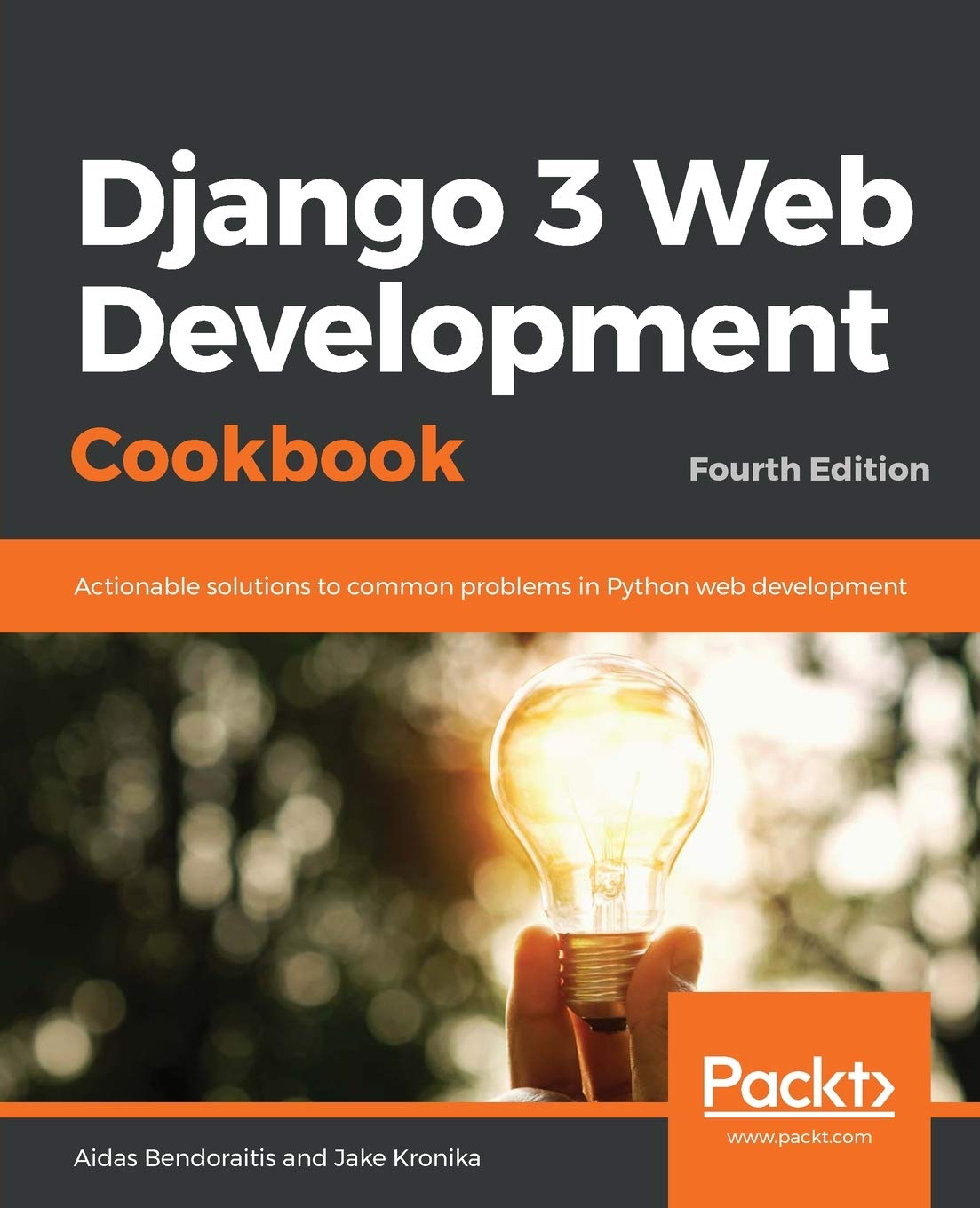About JavaScript Templates
You don’t need React, Vue, Angular, or Svelte to turn JSON data into HTML. HTML5 has built-in <template> support, and here’s how you can use it:
<div id="posts-container"></div>
<template id="post-template">
<article>
<h3></h3>
<p></p>
</article>
</template>
<script>
const blogPosts = [
{
title: "Getting Started with Django Rest Framework",
summary: "Learn how to build powerful APIs using Django REST Framework. This guide covers serializers, viewsets, and authentication to get you up and running quickly."
},
{
title: "Python Virtual Environments Explained",
summary: "Master Python virtual environments with venv and virtualenv. Understand why isolation is crucial for Python projects and how to manage dependencies effectively."
},
{
title: "Django Models: Relationships and Queries",
summary: "Deep dive into Django model relationships including ForeignKey, ManyToMany, and OneToOne fields. Learn advanced querying techniques with the Django ORM."
}
];
function loadPosts() {
const template = document.getElementById('post-template');
const container = document.getElementById('posts-container');
container.innerHTML = '';
blogPosts.forEach(post => {
const clone = template.content.cloneNode(true);
clone.querySelector('h3').textContent = post.title;
clone.querySelector('p').textContent = post.summary;
container.appendChild(clone);
});
}
document.addEventListener('DOMContentLoaded', loadPosts);
</script>
Also by me
Django Messaging app
For Django-based social platforms.
Django App for You
Django Paddle Subscriptions app
For Django-based SaaS projects.
Django App for You
Django GDPR Cookie Consent app
For Django websites that use cookies.
Django App for You

